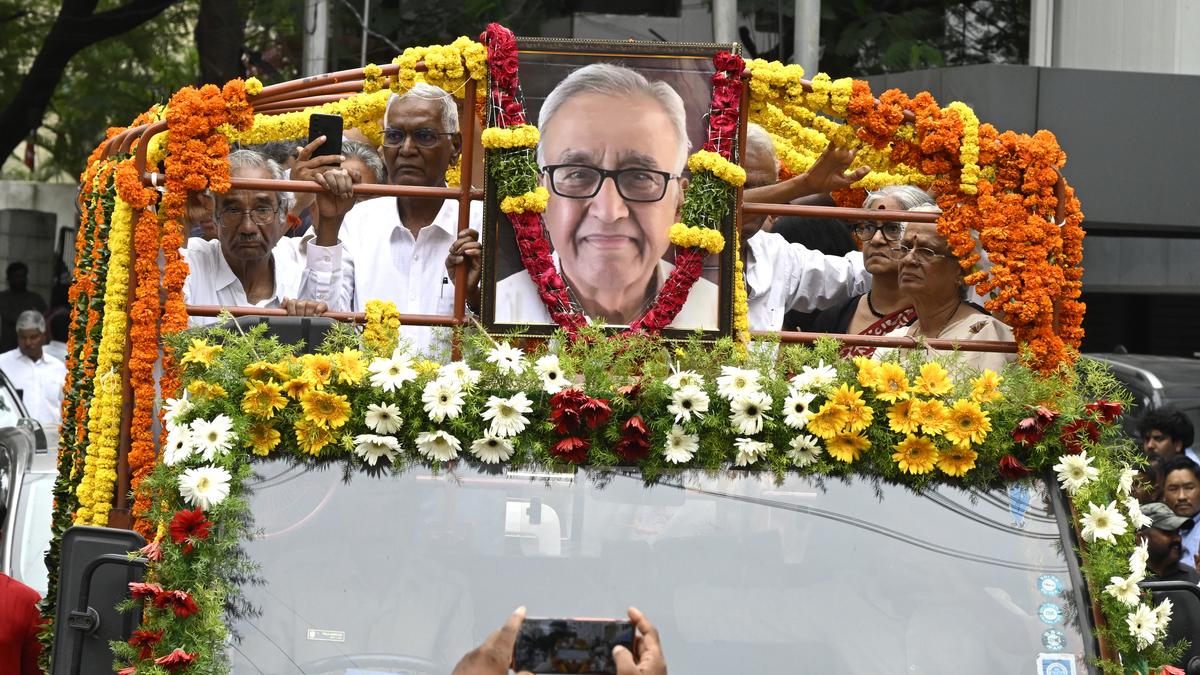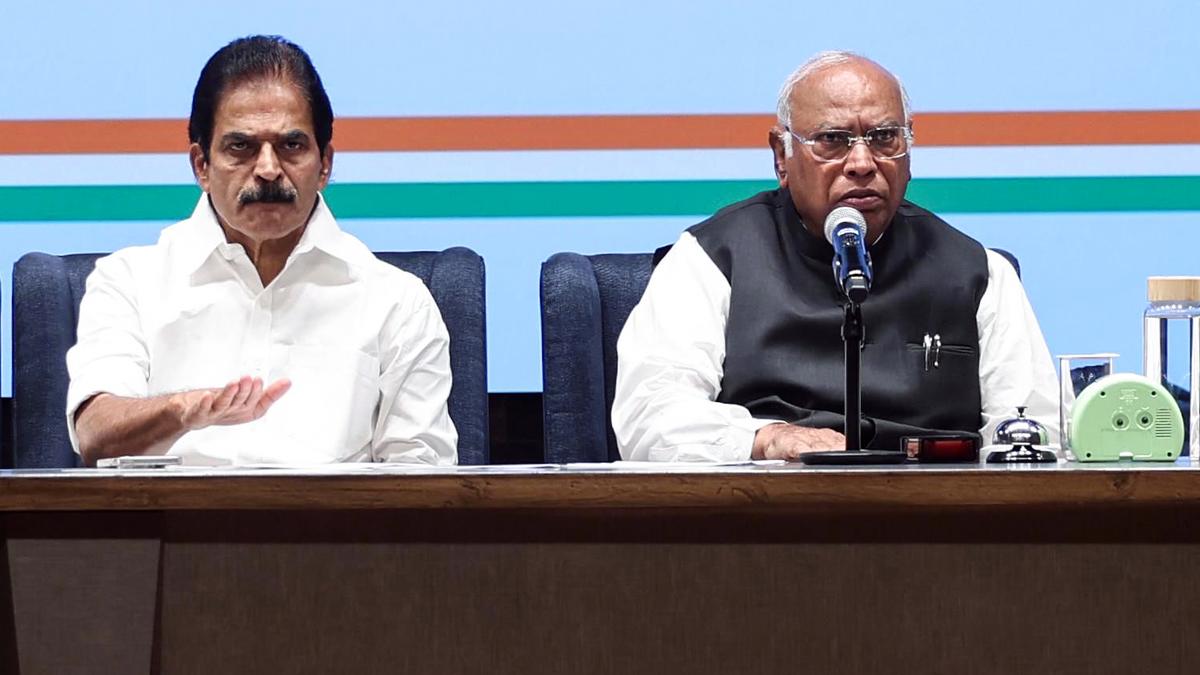The Indian Space Research Organisation (ISRO) successfully carried out its first Integrated Air Drop Test (IADT-1), a critical milestone in preparations for the country’s maiden human spaceflight programme, Gaganyaan, on August 24, 2025.
“ISRO successfully accomplishes first Integrated Air Drop Test (IADT-01) for end-to-end demonstration of parachute based deceleration system for Gaganyaan missions,” ISRO wrote on X.
The IADT is a specialised trial to ensure the parachute system designed for the Gaganyaan crew module performs reliably in real-world conditions.
During the test, a dummy crew capsule weighing around five tonnes was lifted up through the air before being dropped by a Chinook helicopter. As it descended through a few km, its main parachutes had to open in a specific sequence to decelerate the capsule to a safe splashdown speed.
During an actual flight with astronauts, the main parachutes will have to deploy after the capsule has re-entered the atmosphere and has been slowed first by the heat shields and drogue parachutes.
The ascent, descent, and post-splashdown phases of the Gaganyaan mission are expected to be the most risky for the astronauts.

According to ISRO, the effort brought together multiple national agencies — the Air Force, the Defence Research and Development Organisation (DRDO), the Navy, and the Coast Guard — in what officials described as a coordinated step towards human-rating India’s launch and recovery systems.
Earlier this week, Union Minister of State for Science and Technology Jitendra Singh told the Lok Sabha that major preparatory work for Gaganyaan had already been completed. “The propulsion systems for the crew module and service module have been developed and tested. Environmental control and life support system engineering model realised. Crew escape system (CES): five types of motors developed and static tested,” Mr. Singh said in a written reply.
He added that infrastructure had been established for “orbital module preparation facility, Gaganyaan Control Centre, Gaganyaan control facility, crew training facility, [and] second launch pad modifications”. He also said a series of precursor missions, including test vehicle flights, are currently underway.
Ahead of Gaganyaan’s first uncrewed mission, designated G1, Mr. Singh said, “the C32-G stage and the CES motors” had been realised. “The HS200 Motors and CES fore-end, up to crew module jettisoning motor, stacked. Crew module and service module structure realised. Crew module phase-1 checks completed,” he added.

The Minister also said the human spaceflight programme is part of a longer roadmap in which, after demonstrating basic capabilities for human spaceflight in Gaganyaan, the programme will pursue extended missions in low-earth orbit.
The government has set out a timeline that includes building the Bharatiya Antariksh Station (BAS) by 2035 and undertaking an Indian moon landing by 2040.
The successful completion of the IADT-1 testwill be followed by additional test vehicle flights, including TV-D2 and the G1 mission. Together they will validate crew escape mechanisms, parachute systems, propulsion units, and ground recovery operations before any human is cleared to fly.



.png)
.png)
.png)
















 5 hours ago
5
5 hours ago
5









 English (US) ·
English (US) ·